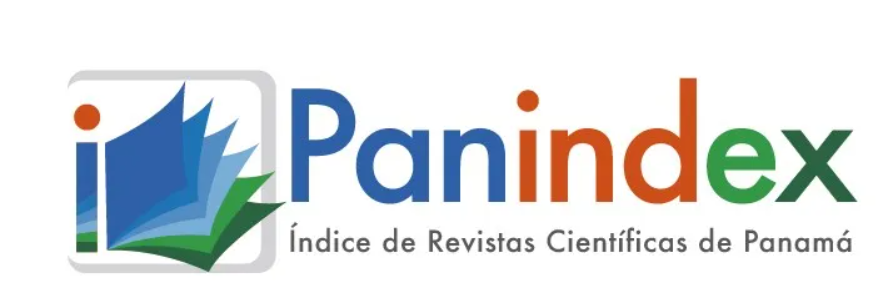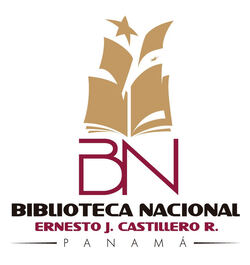The content of the publications and the links suggested in them are the sole responsibility of the authors and not of the Metropolitan University of Education, Science and Technology (UMECIT) or of the journal ORATORES. They are protected by international copyright laws as well as the logos of UMECIT AND ORATORES, hence their reproduction is totally prohibited.
This work is licensed under a Creative Commons Attribution-NonCommercial-NoDerivatives 4.0 International License.
The authors maintain the copyright and transfer the right of the first publication to the journal, with the article registered with Creative Commons Attribution-NonCommercial-NoDerivatives License, which allow others They can download the works published in this magazine and share them with other people, as long as their authorship is recognized, but they cannot be changed in any way nor can they be used commercially.
Authors are recommended to include their work in social networks such as Researchgate and institutional repositories once the article or visible fact has been published on the journal page, without forgetting to include the digital document identifier and the name of the journal.



Abstract
Congenital anomalies are the second cause of death in children under 28 days and less than 5 years in the american region. Considering the mortality reports in Panama, the objective of the study was to identify the knowledge about the risk factors for congenital defects, in a group of women of reproductive age in Panama. This research was descriptive and prospective and extended from November 2015 to September 2016. The population was composed of all women of reproductive age who attended various institutions linked to the project participants in Panama City, being the estimated 1000 women. The sample consisted of 400 women, who represented 40% of the population and who voluntarily wished to participate in the research for which questionnaires were applied. The sample was calculated with a confidence level of 99% and a margin of error of 5%. The data were tabulated anonymously and processed by EPI-INFO, determining frequency and percentages, which allowed making comparisons. At least one third of the interviewees were not able to identify each risk factor evaluated, correctly. Among the risk factors related to congenital defects, the use of psychoactive substances was not recognized equally by the same number of interviewees. It was alarming that more than half of these women, do not consider that drinking any amount of alcohol in pregnancy is a risk factor. There is a deficient knowledge according to the perception of the women interviewed, of the factors involved in the origin of the congenital anomalies, many of them controllable and whose exposure can be avoided in pregnancy. This leads to reflect on the need to develop preventive strategies.
Keywords
References
Almaguer P, F. M. (2002). Comportamiento de algunos factores de riesgo para malformaciones congénitas en la barriada de "San Lázaro". Rev Cubana Pediatr, 74(1), 44-49. Recuperado el 19 de Diciembre de 2016, de http://scielo.sld.cu/scielo.php?script=sci_arttext&pid=S0034-75312002000100006&lng=es&nrm=iso
Anomalías congénitas. (abril de 2015). Recuperado el 11 de noviembre de 2015, de OMS: http://www.who.int/mediacentre/factsheets/fs370/es/
Arriaga, M. (2014). Causas Endogenas geneticas. inasp, 1(12), 1-23.
Blanco ME, A. S. (mayo-junio de 2009). Actualización sobre la cardiogénesis y epidemiología de las cardiopatías congénitas. Recuperado el 20 de noviembre de 2017, de http://scielo.sld.cu/scielo.php?script=sci_arttext&pid=S1684-18242009000300011
CDC. (2014). Guía para prevenir defectos de nacimiento. Obtenido de https://www.cdc.gov/ncbddd/spanish/birthdefects/prevention.html
Donoso B, O. E. (2012). Embarazo de alto riesgo. MEDWave, 12(5).
Donoso, E. C. (2014). La edad de la mujer como factor de riesgo de mortalidad materna, fetal, neonatal e infantil168-174. Revista médica de Chile, 142(2), 168-174. Recuperado el 19 de noviembre de 2015, de http://www.scielo.cl/scielo.php?script=sci_arttext&pid=S0034-98872014000200004&lng=es&tlng=es. 10.4067/S0034-98872014000200004.
Evrard, S. (2010). Criterios diagnósticos del síndrome alcohólico fetal y los trastornos del espectro del alcoholismo fetal. Archivos argentinos de pediatría, 61-7.
Nazer, J. (Abril de 2004). Prevención primaria de los defectos congénitos. Rev. méd. Chile, 132(4), 501-508. Obtenido de http://www.scielo.cl/scielo.php?script=sci_arttext&pid=S0034-98872004000400014&lng=es. http://dx.doi.org/10.4067/S0034-98872004000400014
OTIS. (agosto de 2015). Recuperado el 2016 de diciembre de 16, de Motherbaby: https://mothertobaby.org/es/fact-sheets/la-hipertermia/pdf/
Shaw P, D. A. (2011). Radiation exposure and pregnancy. Journal of vascular surgery, 53(1), 28S-34S.
Situación de salud de Panamá 2013. (2013). Obtenido de http://www.minsa.gob.pa/sites/default/files/publicaciones/situacion_de_salud_panama_2013_0.pdf
Taboada N, L. M. (2006). Comportamiento de algunos factores de riesgo para malformaciones congénitas mayores en el municipio de Ranchuelo. Rev Cubana Obstet Ginecol, 2, 1-13. Recuperado el 20 de Diciembre de 2016, de http://scielo.sld.cu/scielo.php?script=sci_arttext&pid=S0138-600X2006000200009&lng=es&nrm=iso
Zomerdijk IM, R. R. (2015). Dispensing of potentially teratogenic drugs before conception and during pregnancy: a population-based study. BJOG, 122(8), 1119–1129.
Downloads
Publication Facts
Reviewer profiles N/A
Author statements
- Academic society
- Universidad Metropolitana de Educación, Ciencia y Tecnología
- Publisher
- Universidad Metropolitana de Educación, Ciencia y Tecnología



















